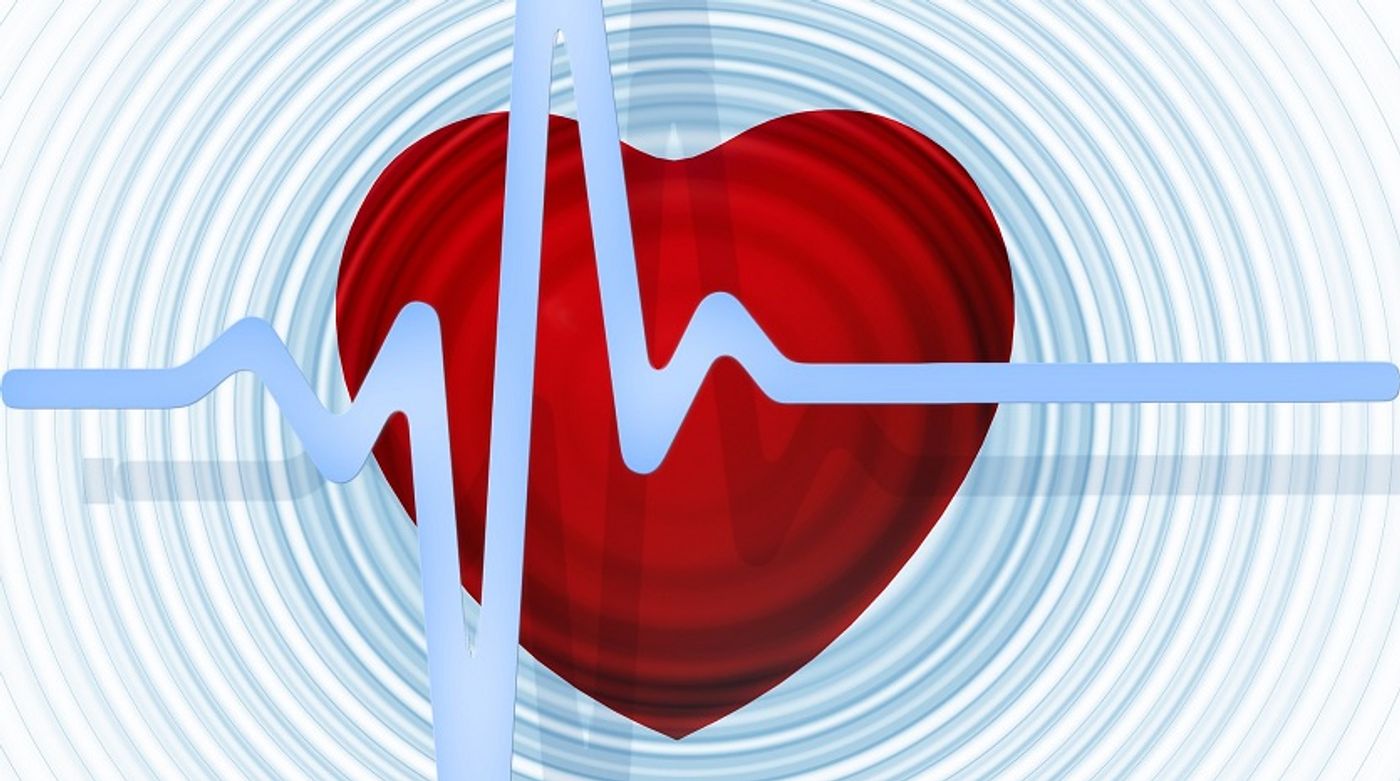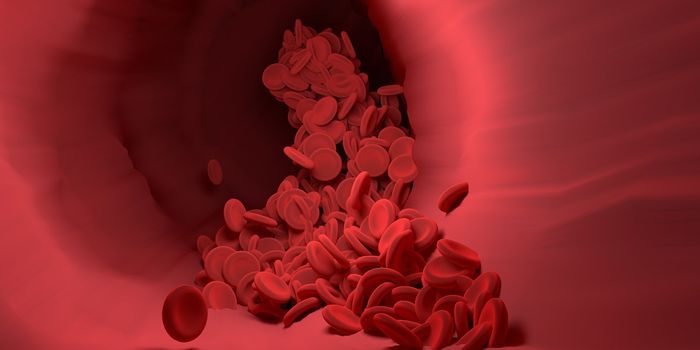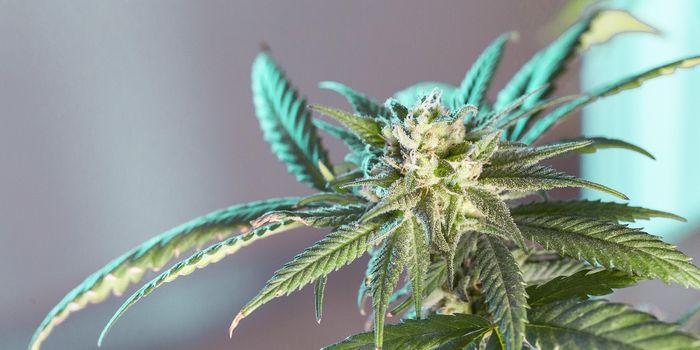Investigating Platelet-Derived Extracellular Vesicles in Blood Clotting
In our bodies, there are millions of signals and packages being sent and received every second. In the past several decades, we have increased our understanding of many of these signals yet still have much to learn.
One of these interesting signals is extracellular vesicles (EVs). These are small lipid encapsulated packages that come off of cells, sometimes carrying signal molecules within or being the signal itself. How these cellular packages work is still not well understood, yet recent work suggests they may have more impact than we first thought.
In a new study, a team of scientists from the University of Reading in the United Kingdom began an investigation into platelet-derived extracellular vesicles (PDEVs) and how they change depending on the signal and environment. Platelets are special cells within the blood that are involved in blood clotting. These platelets are responsible for most of the EVs in the blood, and recent work shows that they emerge due to platelet activation. PDEVs, in particular, have been shown to promote clotting.
One of the reasons PDEVs are still not fully understood is that they are challenging to isolate. The team developed a PDEV isolation method using size exclusion chromatography that allowed them to test PDEVs alone. PDEVs have also been shown to be pro-clotting factors in some studies, and the team wanted to see if they could isolate PDEVs from activated platelets and compare them to inactivated PDEVs.
Some studies have shown that PDEV size is related to function, yet the team found that PDEVs isolated from activated platelets versus control platelets had no significant size difference. They also noted that the activating factor did not change the PDEVs clotting activity due to surface changes on the PDEVs themselves, as some other studies have shown. PDEVs from two different sources also produced different clotting properties.
This study showed that while previous studies have demonstrated platelet-derived extracellular vesicles (PDEVs) from activated platelets could promote clotting, isolated PDEVs from activated platelets from different sources had two different activities. This inferred a more complex pathway for PDEV generation. The study also revealed a method of PDEV isolation that could help future studies down the line.
The study concludes, “this study demonstrates that the mechanism by which PDEV formation is induced is a critical determinant of their phenotype, but not size. PDEVs derived via different mechanisms exhibited different procoagulant properties.”
Sources: Nature Scientific Reports, nemotion









